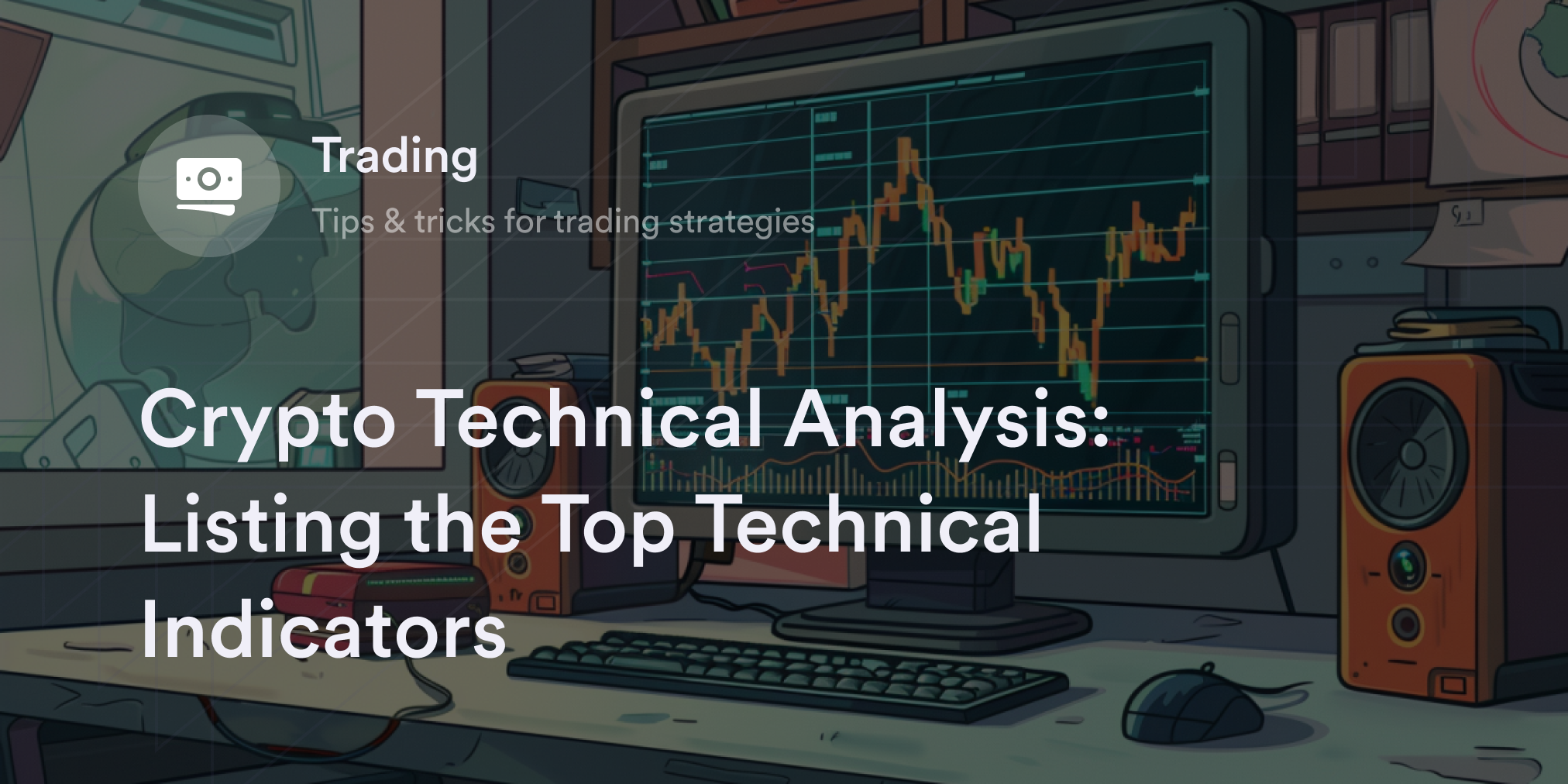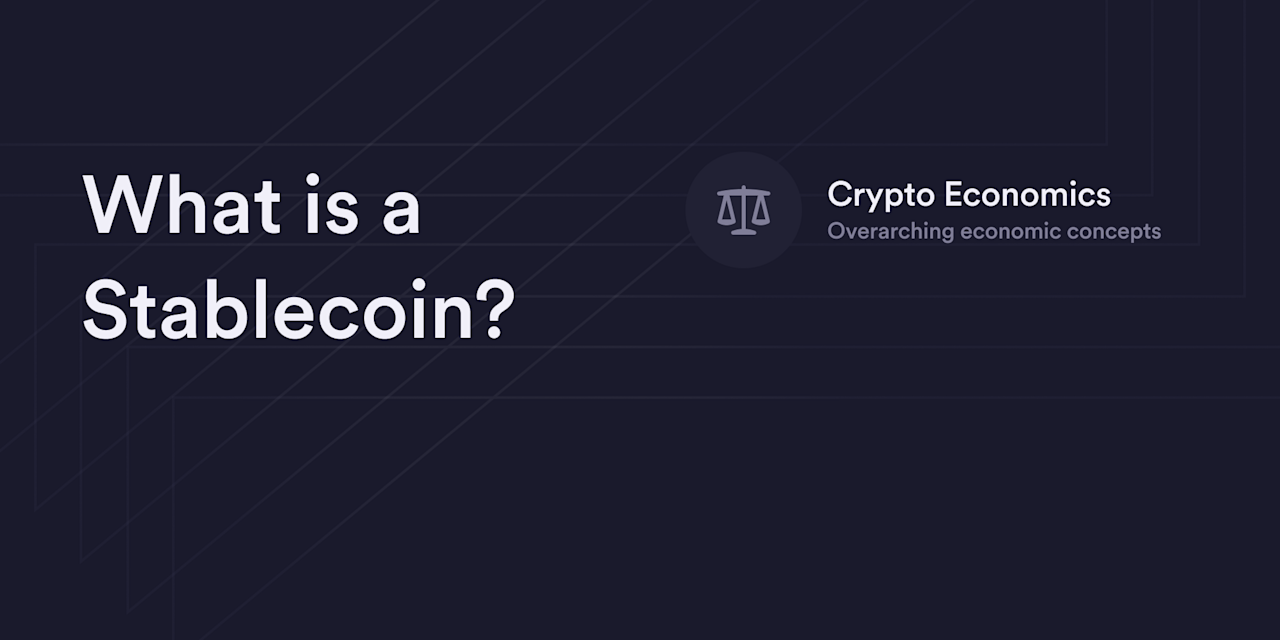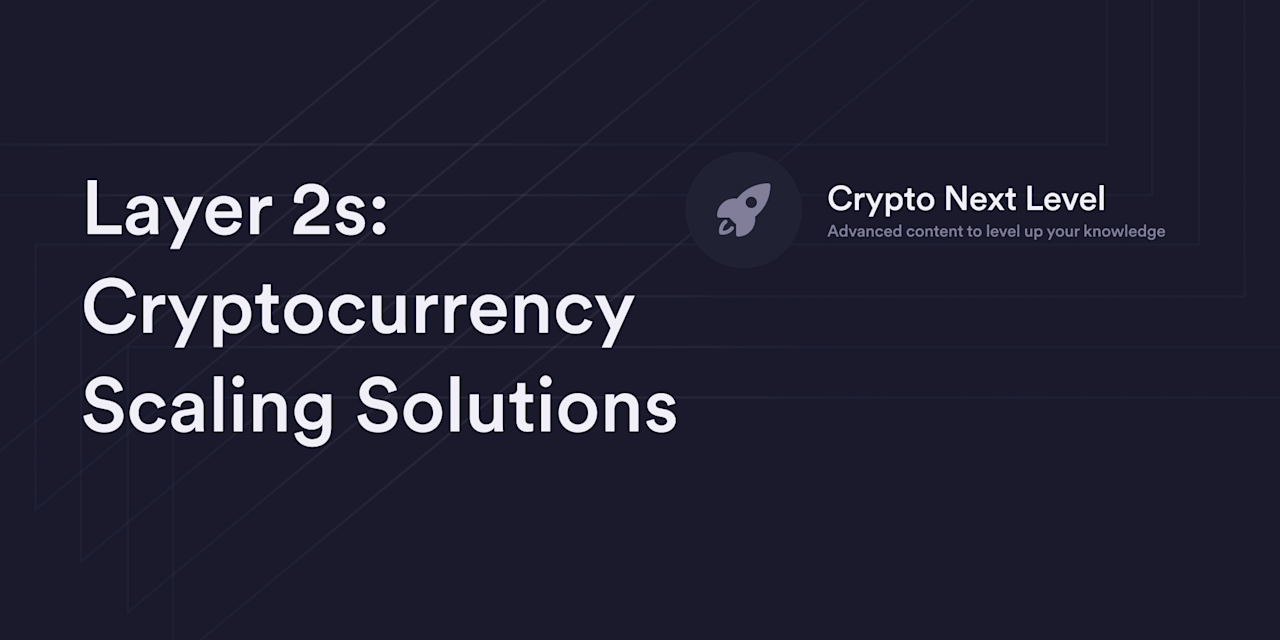


Traders, with their sharp eye for detail, are adept at uncovering lucrative opportunities in the financial markets, particularly through arbitrage—which capitalizes on price differences across exchanges. Statistical arbitrage, a refined strategy in quantitative finance, takes this a step further. It focuses on immediate price gaps and exploits anticipated price adjustments over a longer period.
In this guide, we’ll discuss the fundamentals of statistical arbitrage, including its strategies, examples, and risks. We’ll also define mean reversion, a fundamental principle that helps drive many statistical arbitrage strategies.
What is statistical arbitrage in crypto?
Statistical arbitrage, colloquially called stat arb, is a sophisticated trading strategy that leverages statistical and computational methods to identify and exploit price inefficiencies across different crypto assets. Unlike traditional arbitrage, statistical arbitrage involves predicting and capitalizing on price movements over a time period.
It’s based on the assumption that historical price relationships between assets will likely continue. Traders use complex algorithms and statistical models to analyze historical price data of various cryptocurrencies. They look for patterns, correlations, and other statistical anomalies that suggest a divergence from the expected price behavior.
The success of statistical arbitrage in crypto relies heavily on advanced technology, data analysis, and a deep understanding of market dynamics. The volatile crypto market can both pose challenges and offer unique opportunities for statistical arbitrage strategies. As prices in crypto markets can fluctuate wildly, the potential for identifying and exploiting short-term price inefficiencies is significant, making it an attractive strategy for many quantitative traders.
How does statistical arbitrage work?
Statistical arbitrage trading identifies and capitalizes on temporary price inefficiencies between different digital assets. Key to this trading approach is the concept of cointegration, where two or more digital assets are linked in such a way that their price movements are historically consistent.
Arbitrage traders (aka arbitrageurs) seek to identify moments when these assets deviate from their typical price relationship. By exploiting these temporary mispricings, statistical arbitrageurs aim to profit when the prices revert to their historical norm, demonstrating mean reversion.
Statistical arbitrage has become a refined strategy within professional trading circles, notably in hedge funds and advanced portfolio management. It often entails high-frequency trades (HFTs) executed by rapid, algorithmic systems, capitalizing on fleeting opportunities that may exist for seconds. The success of this approach hinges on continual data analysis and the constant adaptation of mathematical models to the dynamic crypto market.
What are the different statistical arbitrage strategies?
Crypto trading offers a fertile ground for various statistical data arbitrage strategies. These strategies are designed to exploit price inefficiencies and patterns in the market using sophisticated statistical and computational techniques. Here's a closer look at a few of the key strategies:
Pair trading
This involves identifying two cryptocurrencies that have historically moved together and then taking opposing positions when their prices diverge.
For example, if Bitcoin (BTC) and Ethereum (ETH) have a strong historical price correlation and diverge, a trader might buy the underperforming asset (say, Ethereum) and short sell the overperforming one (Bitcoin), betting on their prices converging again.
Basket trading
Like pair trading, basket trading involves more than two assets. Traders create a "basket" of correlated cryptocurrencies and exploit the divergence in their combined price movements. This approach offers more diversification and reduces risk.
Mean reversion
This strategy is based on the principle that prices tend to revert to their historical average over time. Traders identify assets whose current prices have moved significantly from their historical averages. They then take positions expecting these prices to revert to the average, exploiting the temporary price anomalies.
Momentum trading
In contrast to mean reversion, momentum trading involves identifying and following the trend. Traders look for cryptocurrencies showing a strong directional movement and trade in the direction of that trend, anticipating that the momentum will continue.
Statistical arbitrage with machine learning (ML)
This approach employs ML algorithms to identify trading opportunities. These algorithms can analyze vast amounts of market data to find complex patterns and predict future price movements, allowing traders to make more informed decisions.
Arbitrage with HFT
This involves sophisticated algorithms to conduct many trades at ultra high speeds. HFT in crypto can exploit tiny price discrepancies that exist for a brief period.
Stat arb with options and futures
Some arbitrageurs extend statistical arbitrage strategies to derivative markets like options and futures. This involves exploiting the pricing inefficiencies between spot markets and derivatives markets or between different contracts within the derivatives market.
Cross-exchange arbitrage
This strategy takes advantage of price discrepancies for the same cryptocurrency on different exchanges. Traders buy the asset on the exchange where it's cheaper and simultaneously sell it where it's more expensive, profiting from the price difference.
Examples of statistical arbitrage
In statistical arbitrage, the applications are as varied as the markets themselves.
For example, with statistical arbitrage in the U.S. equities market, mean reversion is a notable strategy. Similarly, in the commodities sector, arbitrage opportunities arise when there's a price misalignment between related commodities, such as crude oil and its refined derivatives. Traders exploit these discrepancies, aiming to profit from the adjustment in prices.
Merger arbitrage offers another complex scenario. Here, traders analyze companies' stocks during mergers or acquisitions. They make calculated bets on how the merger will influence the stock prices, often involving intricate predictions about the future of these companies.
Finally, a classic example of statistical arbitrage in crypto is exploiting the price differences of a digital asset on two different exchanges. Suppose Bitcoin trades at $20,000 on one exchange but $20,050 on another. An arbitrageur can buy Bitcoin on the first exchange and sell it on the second one to make a $50 profit.
Are there any risks associated with statistical arbitrage?
Statistical arbitrage, while offering lucrative opportunities in the cryptocurrency market, is not without its risks. This trading strategy assumes that historical price patterns will continue into the future. However, the unpredictable crypto market can lead to scenarios where these assumptions don’t hold true.
Here are a few risks associated with statistical arbitrage:
Model risk: If the statistical model used to predict price movements is flawed or based on incorrect assumptions, the strategy may lead to significant losses. Given the crypto market’s complexity and rapid evolution, models can quickly become outdated.
Market volatility: The cryptocurrency market is known for its high volatility. Extreme price swings can occur quickly, adversely affecting arbitrage strategies, especially those based on historical price correlations and mean reversion.
Liquidity risk: This pertains to the ability to quickly enter or exit positions without significantly impacting the asset's price. In some cryptocurrency markets, especially those involving less popular tokens, liquidity can be low, making it difficult to execute large trades without affecting prices, which can erode potential profits.
Operational risk: This includes risks related to technical failures, like issues with trading algorithms, software glitches, or problems with internet connectivity. In HFT, where trades are executed in milliseconds, even small technical issues can lead to significant losses.
Counterparty risk: In crypto trading, there’s also the risk that the other party in a trade may default or fail to fulfill their end of the transaction. This is particularly relevant in decentralized and less regulated exchanges.
Leverage risk: Many statistical arbitrage strategies involve leverage for amplifying returns. While this can increase profits, it also magnifies losses, and in highly volatile markets like crypto, leverage can lead to substantial losses.
Expand your crypto knowledge with dYdX Academy
Looking for a platform that can help you upgrade your crypto know-how? Check out dYdX Academy, which includes guides on all things blockchain and decentralization.
dYdX also offers eligible traders low-fee crypto perpetuals trading for Bitcoin (BTC) and dozens of altcoins on our decentralized exchange. Find out more about dYdX's latest news and features on our official blog, and eligible traders can start trading on dYdX today.
Disclosures
The content of this article (the “Article”) is provided for general informational purposes only. Reference to any specific strategy, technique, product, service, or entity does not constitute an endorsement or recommendation by dYdX Trading Inc., or any affiliate, agent, or representative thereof (“dYdX”). Use of strategies, techniques, products or services referenced in this Article may involve material risks, including the risk of financial losses arising from the volatility, operational loss, or nonconsensual liquidation of digital assets. The content of this Article does not constitute, and should not be considered, construed, or relied upon as, financial advice, legal advice, tax advice, investment advice, or advice of any other nature; and the content of this Article is not an offer, solicitation or call to action to make any investment, or purchase any crypto asset, of any kind. dYdX makes no representation, assurance or guarantee as to the accuracy, completeness, timeliness, suitability, or validity of any information in this Article or any third-party website that may be linked to it. You are solely responsible for conducting independent research, performing due diligence, and/or seeking advice from a professional advisor prior to taking any financial, tax, legal, or investment action.
You may only use the dYdX Services in compliance with the dYdX Terms of Use available here, including the geographic restrictions therein.
Any applicable sponsorship in connection with this Article will be disclosed, and any reference to a sponsor in this Article is for disclosure purposes, or informational in nature, and in any event is not a call to action to make an investment, acquire a service or product, or purchase crypto assets. This Article does not offer the purchase or sale of any financial instruments or related services.
By accessing this Article and taking any action in connection with the information contained in this Article, you agree that dYdX is not responsible, directly or indirectly, for any errors, omissions, or delays related to this Article, or any damage, injury, or loss incurred in connection with use of or reliance on the content of this Article, including any specific strategy, technique, product, service, or entity that may be referenced in the Article.







